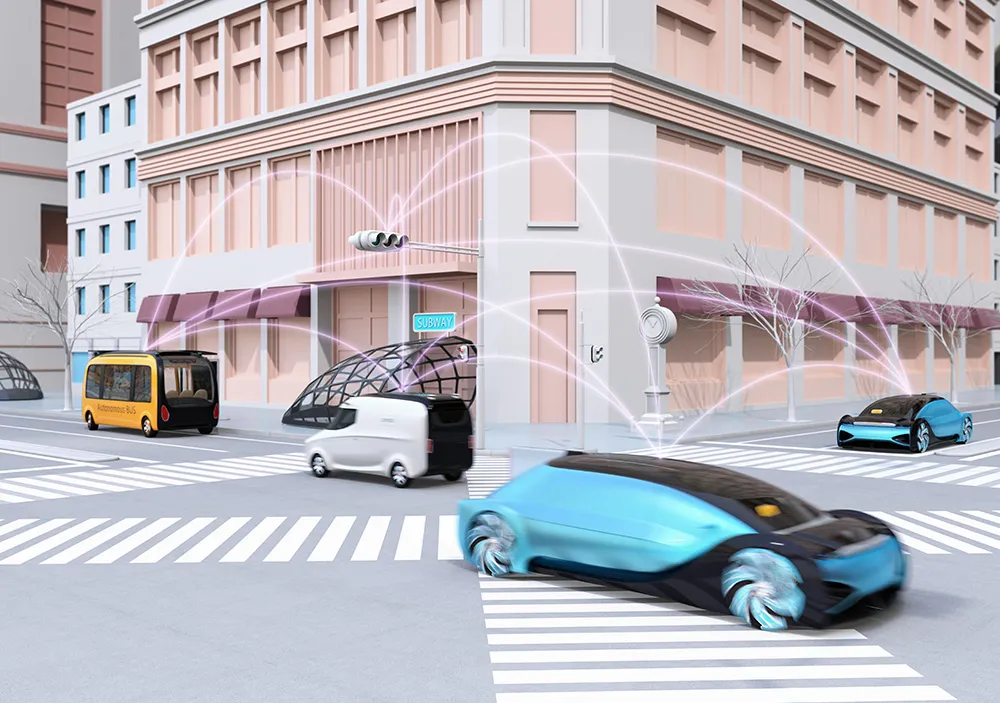As part of its I-4 Ultimate and Beyond the Ultimate widening projects, the Florida Department of Transportation (FDOT) has awarded a contract to WSP/Parsons Brinckerhoff to design the reconstruction and widening of a nine-mile segment of I-4 in Seminole County.
The project involves reconstruction and widening of I-4 from the existing six-lane divided interstate to a ten-lane divided interstate. The concept design proposes the addition of two new barrier-separated express lanes in each direction for a tot
January 6, 2016
Read time: 2 mins
As part of its I-4 Ultimate and Beyond the Ultimate widening projects, the 4503 Florida Department of Transportation (FDOT) has awarded a contract to WSP/4983 Parsons Brinckerhoff to design the reconstruction and widening of a nine-mile segment of I-4 in Seminole County.
The project involves reconstruction and widening of I-4 from the existing six-lane divided interstate to a ten-lane divided interstate. The concept design proposes the addition of two new barrier-separated express lanes in each direction for a total of ten lanes. The project also includes reconstruction of several interchanges and arterial roads at those interchanges in order to relieve the traffic that backs up all the way to the interchanges.
Under its contract, WSP/Parsons Brinckerhoff will be the prime designer responsible for overall project management; design of the roadway, drainage and structures; intelligent transportation systems and traffic design; public involvement; utility coordination; and express lane design. The firm will advance the design to approximately 50 per cent completion in order to obtain all necessary permits and establish right–of-way requirements.
The project involves reconstruction and widening of I-4 from the existing six-lane divided interstate to a ten-lane divided interstate. The concept design proposes the addition of two new barrier-separated express lanes in each direction for a total of ten lanes. The project also includes reconstruction of several interchanges and arterial roads at those interchanges in order to relieve the traffic that backs up all the way to the interchanges.
Under its contract, WSP/Parsons Brinckerhoff will be the prime designer responsible for overall project management; design of the roadway, drainage and structures; intelligent transportation systems and traffic design; public involvement; utility coordination; and express lane design. The firm will advance the design to approximately 50 per cent completion in order to obtain all necessary permits and establish right–of-way requirements.










